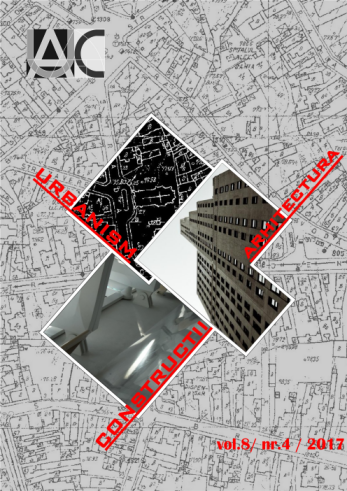Functionality in the limits of new administrative-territorial units in Romania
Functionality in the limits of new administrative-territorial units in Romania
Author(s): Vlad Loghin, Grigore Vasile Herman, Karina Andreea Gruia, Ana-Maria Ciobotaru, Alexandra Grecu, Mihai Octavian PERPELEA, Mihaela GiurgiaSubject(s): Human Geography, Regional Geography
Published by: INCD URBAN-INCERC
Keywords: accessibility; functionality planning; territorial management; governance
Summary/Abstract: The study aims to examine the applicability of national legal provisions regarding the establishment of new administrative units such as the commune type in the context of ensuring accessibility and superior functionality territory. The research was conducted at the level of 3181 administrative units in Romania, based on the indicators of Law 100/2007 such as: the farthest distance from the commune, the average distance between the communes and their center, its population, the population divided by the population of the village Tier 1, population of villages located at a distance of more than 5 kilometers from the commune of residence along with the population under 5 kilometers from the residence. The analysis captures the restrictive nature of the criteria of the national legislation in relation to the current territorial reality, with the certainty that public authorities discourage splitting municipalities. However the results indicate the need to update legislative principles for the establishment of communes and their alignment to the regional development strategies.
Journal: Urbanism. Arhitectură. Construcţii
- Issue Year: 8/2017
- Issue No: 4
- Page Range: 331-340
- Page Count: 10
- Language: English

